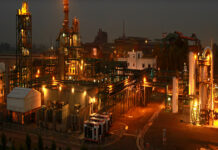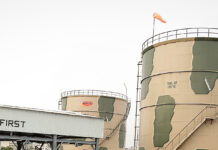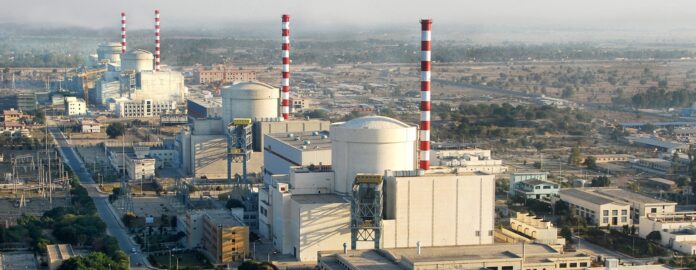The Chashma-5 Nuclear Power Plant, currently under construction, is set to contribute an additional 1,200 megawatts (MW) of clean, safe, and low-cost electricity to Pakistan’s national grid.
During a recent briefing at the Chashma Nuclear Complex, General Manager Engineer Habibur Rehman provided an update on the project’s progress. He outlined Pakistan’s goal to increase its nuclear power generation capacity to 8,000 MW, positioning nuclear energy as a key part of the country’s affordable and sustainable energy mix.
The project is progressing swiftly, with the plant expected to significantly bolster Pakistan’s energy sector once completed. On a tour of the facility, media representatives were shown both operational and under-construction units, where they received information on plant safety protocols, technical systems, environmental standards, and plant performance.
Engineer Rehman highlighted that, with six nuclear reactors currently in operation, Pakistan ranks among the top 20 nuclear power-producing countries globally, with a combined generation capacity of 3,530 MW. This capacity is expected to rise to 4,730 MW following the completion of Chashma-5.
The Chashma-5 plant is based on the advanced Hualong One (HPR1000) design, a third-generation pressurised water reactor developed in collaboration with the Pakistan Atomic Energy Commission (PAEC) and China National Nuclear Corporation (CNNC). The plant’s first concrete pour took place on December 30, 2024.
Rehman also noted that nuclear energy, once considered a diminishing sector, has gained renewed global attention. Several countries, including the United States, Japan, the United Kingdom, and South Korea, which had previously scaled back or planned to phase out nuclear power, are now re-engaging with the sector and constructing new plants.
According to Rehman, nuclear energy remains a cost-effective, safe, and environmentally friendly source of electricity. In 2024, nuclear power contributed approximately 13% of Pakistan’s total electricity supply, with its share peaking at 26.5% in December alone.
























